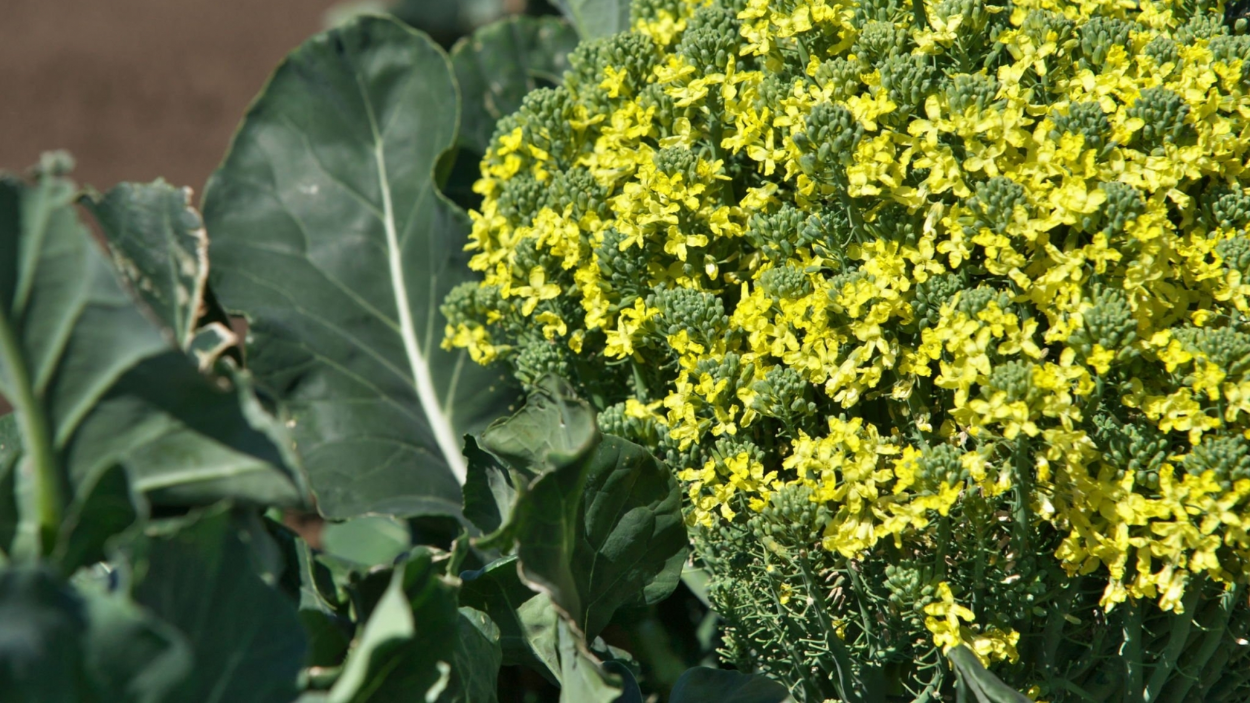Understanding the Threat: Introducing the Potato Beetle Menace
- The Colorado potato beetle is a formidable threat to potato plants due to its rapid reproduction and insatiable appetite.
- Understanding the behavior and impact of potato beetles is crucial for effective control.
- Integrated pest management (IPM) strategies, such as handpicking, natural insecticides, companion planting, and crop rotation, offer sustainable approaches to combat infestations.
- Severe infestations can result in reduced yields, stunted growth, and crop loss.
- Regular monitoring, early detection, and timely intervention are essential for successful control.
- By implementing a comprehensive approach to potato beetle management, gardeners can protect their potato crops and ensure a fruitful harvest.
Where Do Potato Beetles Come From
Potato beetles, also known as Colorado potato beetles, are native to western regions of the United States and Mexico but have since spread to potato-growing regions worldwide. They overwinter as adults in the soil or debris near potato fields and emerge in spring to mate and lay eggs on potato plants. The eggs hatch into larvae that feed on foliage, causing defoliation. After going through several molting stages, they pupate in the soil and emerge as adult beetles, continuing the cycle. The beetles can spread naturally or through human activities. Monitoring and management are crucial to prevent their establishment and minimize crop damage.
Natural Methods to Eliminate Potato Beetles: Effective Strategies for Organic Pest Control
When faced with a potato beetle infestation, many gardeners prefer to employ natural methods for pest control. By avoiding chemical pesticides, you can protect the environment and maintain an organic gardening approach. Several effective strategies can help you combat potato beetles naturally.
1. Handpicking:
One of the simplest and most effective methods to control potato beetles naturally is by handpicking them from your plants. Regularly inspect the foliage, especially the undersides of leaves, and remove any adult beetles, larvae, or eggs you find. Wearing gloves, carefully collect them and drop them into a bucket of soapy water. This method helps reduce the population and prevents further damage.
2. Neem Oil:
Neem oil, derived from the seeds of the neem tree, is a natural insecticide with insecticidal and repellent properties. Dilute neem oil according to the instructions provided and spray it directly on the potato beetle adults, larvae, and eggs. Neem oil disrupts their feeding, growth, and reproduction, helping to control the infestation. Repeat the application as needed, especially after rainfall or irrigation.
3. Diatomaceous Earth:
Food-grade diatomaceous earth, made from the fossilized remains of diatoms, is an abrasive powder that can effectively control potato beetles. Lightly dust the diatomaceous earth around the base of your potato plants, creating a barrier. When potato beetles come into contact with the powder, it damages their waxy exoskeleton, leading to dehydration and death. Reapply the diatomaceous earth after rainfall or when necessary.
4. Companion Planting:
Utilize companion planting to naturally deter potato beetles. Marigolds and tansy are known to repel these pests due to their strong scents. Interplant these flowers among your potato plants or create borders around the potato patch to discourage potato beetles from approaching. The aromatic compounds released by these companion plants can help mask the attractants that lure potato beetles.
5. Crop Rotation:
Practice crop rotation by planting your potatoes in a different area of your garden each year. Since potato beetles overwinter in the soil, moving your potato crops disrupts their life cycle and makes it harder for them to locate and infest new potato plants. Rotate potatoes with non-host plants, such as legumes or leafy greens, to break the cycle and reduce the risk of recurring infestations.
Frequently Asked Questions
- Q: What is the Colorado potato beetle?
A: The Colorado potato beetle (Leptinotarsa decemlineata) is a notorious pest that poses a significant threat to potato plants. It is known for its rapid reproduction and voracious appetite.
- Q: How do I identify a potato beetle infestation?
A: Signs of a potato beetle infestation include the presence of adult beetles with yellow-orange bodies and black stripes on their wings, clusters of yellow-orange eggs on the undersides of leaves, and defoliation caused by the feeding activity of larvae.
- Q: What are the risks of a potato beetle infestation?
A: A potato beetle infestation can lead to reduced potato yields, stunted plant growth, and even complete crop loss if left uncontrolled. The beetles can also spread to neighboring potato plants and other solanaceous crops.
- Q: Are there organic methods to control potato beetles?
A: Yes, there are several organic methods for controlling potato beetles. These include handpicking the beetles and larvae, using natural insecticides like neem oil, implementing companion planting with repellent plants, and practicing crop rotation.
Final Thought
In conclusion, potato beetle infestations can be a serious threat to potato crops, but with the right knowledge and strategies, they can be effectively managed. By understanding the behavior of potato beetles and implementing integrated pest management approaches, such as organic control methods and preventive measures, gardeners can protect their potato plants and ensure a successful harvest. Regular monitoring, early intervention, and a proactive approach are key to minimizing the damage caused by these pests. By staying informed and taking appropriate action, we can overcome the challenges posed by potato beetles and enjoy thriving potato crops year after year.




